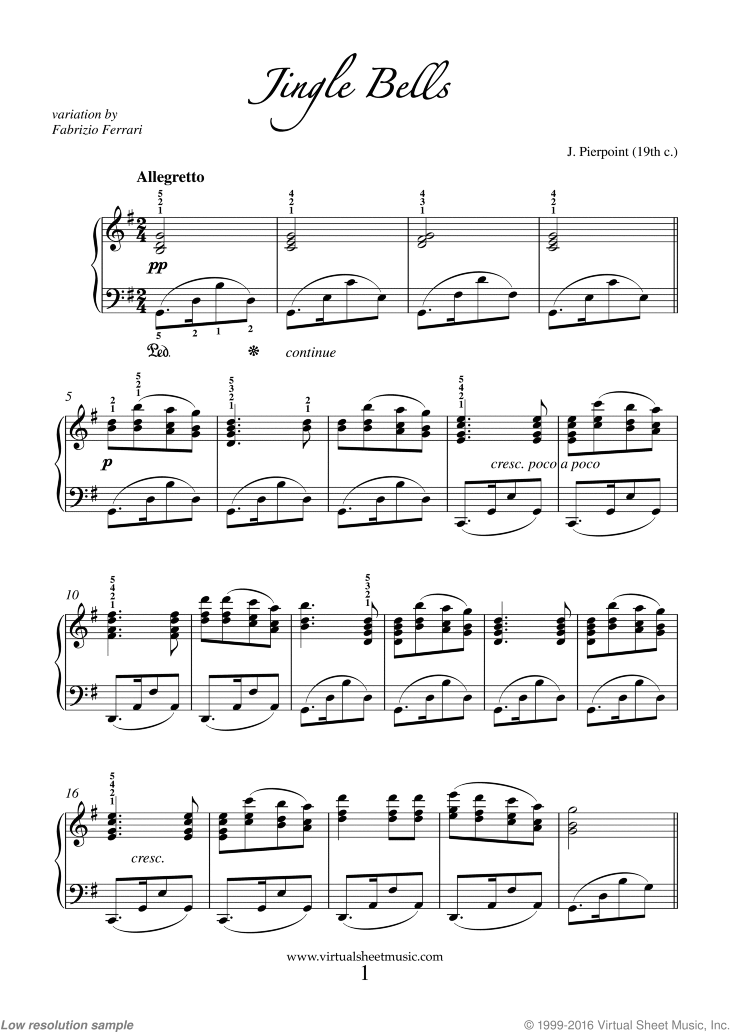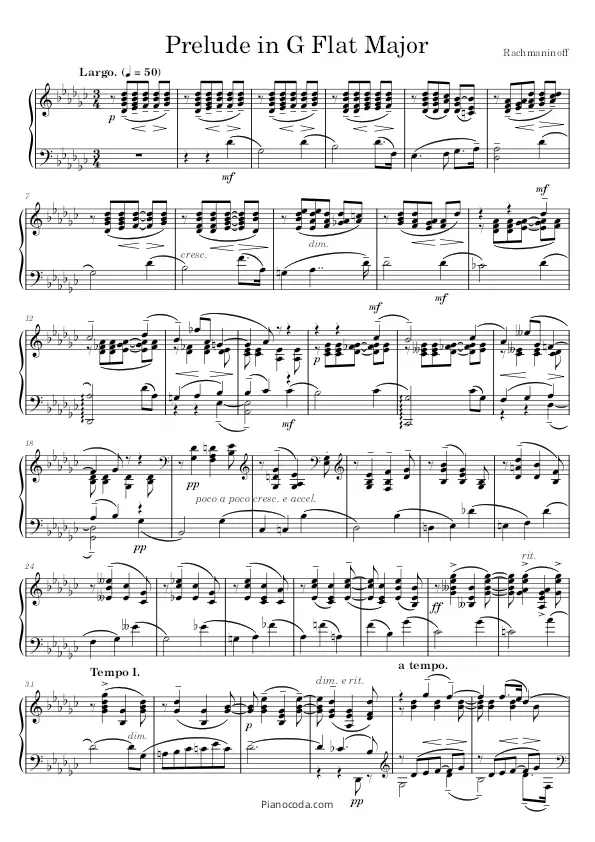The difficulty of piano sheet music varies widely based on skill level and complexity. Beginners may find simple pieces accessible, while complex compositions require advanced skills.
In the meantime, don't forget to unlock a world of unlimited sound with Amazon Music Unlimited, where over 100 million songs wait at your fingertips. Whether you're working, relaxing, or fueling your creativity, the right track is always just one tap away. Elevate every moment with music that moves you.
Learning to read piano sheet music is a fundamental aspect of mastering the instrument, akin to learning a new language. For novices, starting with basic notes and simple melodies is essential; recognizing patterns and understanding timing are the first steps on this musical journey.
As musicians progress, they encounter more intricate arrangements that involve a greater range of notes, intricate rhythms, and the use of both hands in coordination. The key to fluency lies in consistent practice and gradually tackling more challenging pieces. Piano sheet music spans a spectrum from songs designed for beginners to concertos that demand years of dedicated study, ensuring there is always a new milestone to achieve for every level of pianist.
Decoding The Complexity Of Piano Sheet Music
Decoding the Complexity of Piano Sheet Music is like unraveling a coded language. The staves, clefs, and notes form a complex network. They dictate the melody, harmony, and rhythm of a piece. Mastering this code is crucial for any pianist. A deep dive into the symbols and rhythmic patterns reveals why reading piano sheet music is a sophisticated skill.
Notation Nuances And Symbols
Piano sheet music is full of various symbols, each a crucial piece of the musical puzzle. Understanding these pieces is key.
- Clefs denote the pitch range.
- Notes and Rests show which keys to play and when to be silent.
- Accidentals like sharps and flats alter pitches.
Articulation marks such as staccatos and legatos affect how notes are played. Dynamics tell us the volume. These elements blend to express music’s depth.
Rhythmic Challenges In Reading Music
Rhythm in piano sheet music adds another layer of complexity. Recognizing patterns is essential.
Meter signatures set the beat. Note values and rests decide the rhythm.
| Note Type | Duration |
|---|---|
| Whole Note | Four beats |
| Half Note | Two beats |
| Quarter Note | One beat |
Syncopation and time changes create complex rhythmic structures. Facing these challenges head-on is the key to proficiency.

Credit: www.virtualsheetmusic.com
Key Factors Influencing Difficulty Level
The ease or challenge of reading piano sheet music doesn’t just depend on the notes themselves. Several key factors can influence how hard it is to play a piece. Understanding these factors helps players of all levels tackle their music with more confidence.
Time Signatures And Their Impact
Time signatures are vital in music. They tell you the beat of a piece. Each one has a unique feel and complexity. Let’s explore their impact:
- 4/4 Time: This is also called common time. It is the most familiar time signature. It feels natural for beginners.
- 3/4 Time: Often used in waltzes, it gives a circular rhythm. It may require practice to feel the beat.
- Odd Time: Signatures like 5/4 or 7/8 are less common. They can make a piece tricky. Players must give special attention to rhythm.
The Role Of Key Signatures
Every key signature has a set of sharps or flats. They form the piece’s harmonic backdrop. Here is why they matter:
| Key Signature | Sharps/Flats | Impact on Difficulty |
|---|---|---|
| C Major/A minor | None | Easier for beginners, as there are no sharps or flats to remember. |
| G Major/E minor | One sharp | Introduces one sharp, making it a good next step for learners. |
| F Major/D minor | One flat | With one flat, players must adjust fingerings, adding slight complexity. |
| Complex Keys | Many sharps or flats | More sharps or flats mean more challenge, as players must navigate a variety of black keys. |
Key signatures shape the landscape of a piece. They require dedicated practice, especially black-key heavy keys. Remember that mastering different key signatures expands your musical vocabulary and improves overall skill.
Technique And Dexterity Requirements
Mastering piano sheet music takes more than just reading notes. It’s like dancing on the keys, where fingers must move with precision and grace. Strong technique and dexterity play a huge role in playing beautifully. The right skills let musicians express feelings through music. Now, let’s look closer at two crucial skills: finger independence and the coordination between hands.
Finger Independence and AgilityFinger Independence And Agility
Fingers must act like solo dancers on a stage, each with its own part. They should not stumble over each other. Piano players work hard to make each finger strong and nimble.
Here are steps to build finger agility:
- Practice scales to train fingers to move smoothly.
- Perform finger exercises daily.
- Use a metronome to increase speed gradually.
Daily practice helps pianists gain control over each finger. This lets them play complex music with ease.
Coordination Between HandsCoordination Between Hands
Playing piano means doing two things at once. One hand may play a melody while the other plays chords. Both hands must work together in harmony.
To improve hand coordination, try these tips:
- Start slowly with simple pieces.
- Break the music down into parts and practice each hand separately.
- Gradually put hands together at a comfortable pace.
With practice, players learn to synchronize their hands. This is essential for all pianists.

Credit: pianocoda.com
Progressive Learning Stages For Pianists
The journey of learning piano sheet music is a structured adventure from simple melodies to the rich tapestry of advanced compositions. Every pianist’s path follows a series of stages, each with unique challenges and rewards. Let’s delve into these progressive learning stages that will lead you through the wondrous world of piano music.
From Basics to Advanced PiecesFrom Basics To Advanced Pieces
Starting with the fundamentals, you learn to read simple notes and rhythms. As mastery develops, sheet music complexity increases. This table showcases the progression of difficulty levels:
| Level | Focus | Sheet Music Examples |
|---|---|---|
| Beginner | Basic notes and hand positioning | “Twinkle Twinkle Little Star” |
| Intermediate | Complex rhythms and hand independence | “Fur Elise” – Beethoven |
| Advanced | Polyrhythms and expressive techniques | “Ballade No. 1” – Chopin |
Note reading becomes second nature as you move through these levels.
Mastering Musical Expression and DynamicsMastering Musical Expression And Dynamics
Expression and dynamics transform notes into a captivating musical story. The table below illustrates how pianists incorporate these elements:
| Skill | Description | Sheet Music Notation |
|---|---|---|
| Articulation | Playing notes with precision | Staccato, Legato |
| Dynamics | Control of volume intensity | Forte, Piano |
| Emotional Expression | Conveying the mood of the piece | Rubato, Tempo changes |
With practice, you learn to express music beyond the notes on the page.
Tips For Navigating Complex Sheet Music
Mastering the piano involves more than just hitting the right notes. Sheet music can look like a complex map filled with symbols and instructions. Yet, with the right approach, even the most intricate compositions become manageable. Discover tips for navigating the complex maze of piano sheet music and unlock the music that awaits!
Effective Practice Strategies
Embarking on a musical journey requires a roadmap. Begin with these strategies:
- Break it down: Tackle small sections at a time.
- Slow and steady: Play slowly, then increase speed.
- Repeat: Practice difficult parts over and over.
- Hands separate: Focus on one hand, then the other.
Consistency is key. Short, daily practice sessions trump the sporadic, long ones.
Utilizing Learning Tools And Resources
The right tools transform a challenge into a triumph. Explore these options:
- Metronome: Keep time with a steady beat.
- Online Tutorials: Visual aids and demonstrations help.
- Music Theory Books: Understand the language of music.
- Piano Apps: Interactive apps provide guided lessons.
Remember, patience and persistence ultimately pay off in the beautiful language of music.
Credit: musescore.com
Are Piano Skills Required to Play Freddie Mercury’s Music?
Freddie Mercury, the iconic singer of Queen, was not only a phenomenal vocalist but also a skilled piano player. Looking at a freddie mercury piano player analysis, it’s evident that his piano skills were integral to the band’s sound. While not required, having piano skills would certainly enhance your ability to play his music authentically.
Frequently Asked Questions Of How Hard Is Piano Sheet Music
How Hard Is It To Read Piano Sheet Music?
Reading piano sheet music varies in difficulty based on experience. For beginners, it can be challenging as it requires understanding musical notation and hand coordination. With practice, however, it becomes easier to interpret the notes and play simultaneously.
How Long Does It Take To Learn Piano Sheet Music?
Learning piano sheet music can take a few weeks to several years, depending on practice frequency, musical background, and personal aptitude.
Is It Worth Learning Sheet Music Piano?
Yes, learning sheet music for piano is beneficial as it enhances your ability to read music and play more complex pieces, boosting overall musicianship.
Why Do I Struggle To Read Sheet Music?
Struggling to read sheet music can stem from limited practice, difficulty in pattern recognition, or lack of familiarity with musical notation. Consistent practice and musical theory education often improve reading skills.
Conclusion
Exploring piano sheet music’s difficulty brings us full circle. Remember, mastery takes time and practice. Beginners, fear not; resources abound. For advanced players, intricate compositions offer challenge and growth. Embrace the journey, let each note guide you. In the realm of black and white keys, persistence and passion harmonize beautifully.
{ “@context”: “https://schema.org”, “@type”: “FAQPage”, “mainEntity”: [ { “@type”: “Question”, “name”: “How hard is it to read piano sheet music?”, “acceptedAnswer”: { “@type”: “Answer”, “text”: “Reading piano sheet music varies in difficulty based on experience. For beginners, it can be challenging as it requires understanding musical notation and hand coordination. With practice, however, it becomes easier to interpret the notes and play simultaneously.” } } , { “@type”: “Question”, “name”: “How long does it take to learn piano sheet music?”, “acceptedAnswer”: { “@type”: “Answer”, “text”: “Learning piano sheet music can take a few weeks to several years, depending on practice frequency, musical background, and personal aptitude.” } } , { “@type”: “Question”, “name”: “Is it worth learning sheet music piano?”, “acceptedAnswer”: { “@type”: “Answer”, “text”: “Yes, learning sheet music for piano is beneficial as it enhances your ability to read music and play more complex pieces, boosting overall musicianship.” } } , { “@type”: “Question”, “name”: “Why do I struggle to read sheet music?”, “acceptedAnswer”: { “@type”: “Answer”, “text”: “Struggling to read sheet music can stem from limited practice, difficulty in pattern recognition, or lack of familiarity with musical notation. Consistent practice and musical theory education often improve reading skills.” } } ] }
As an Amazon Associate, Cleanestor earns from qualifying purchases at no additional cost to you.

